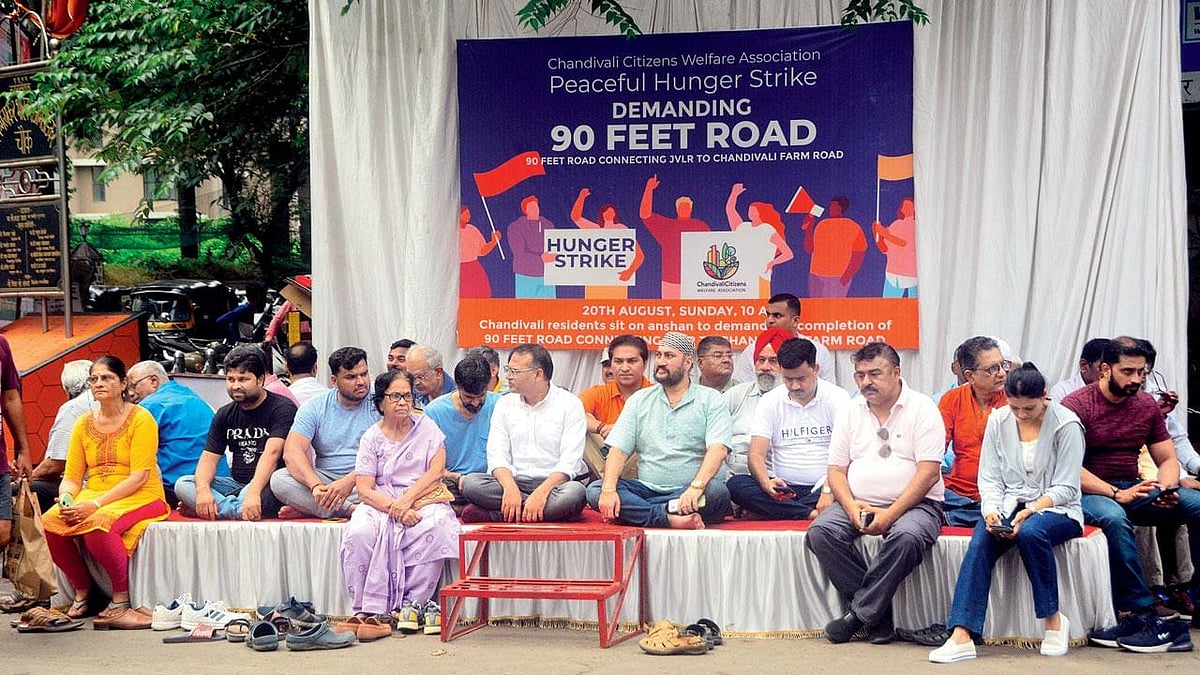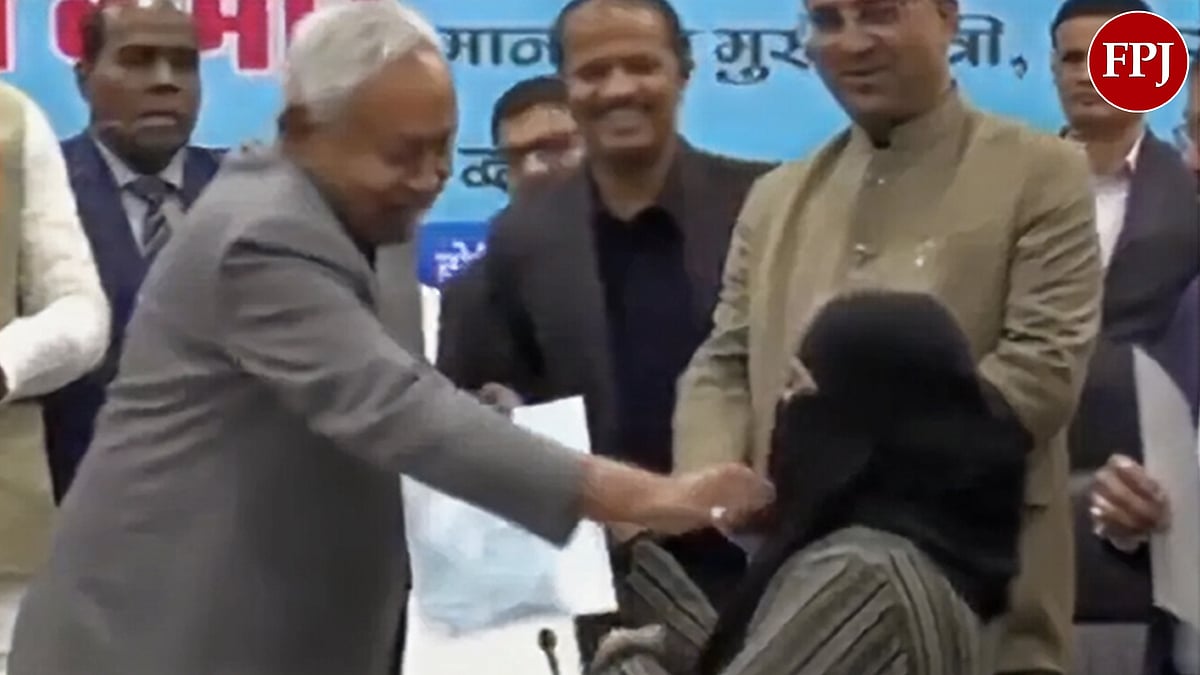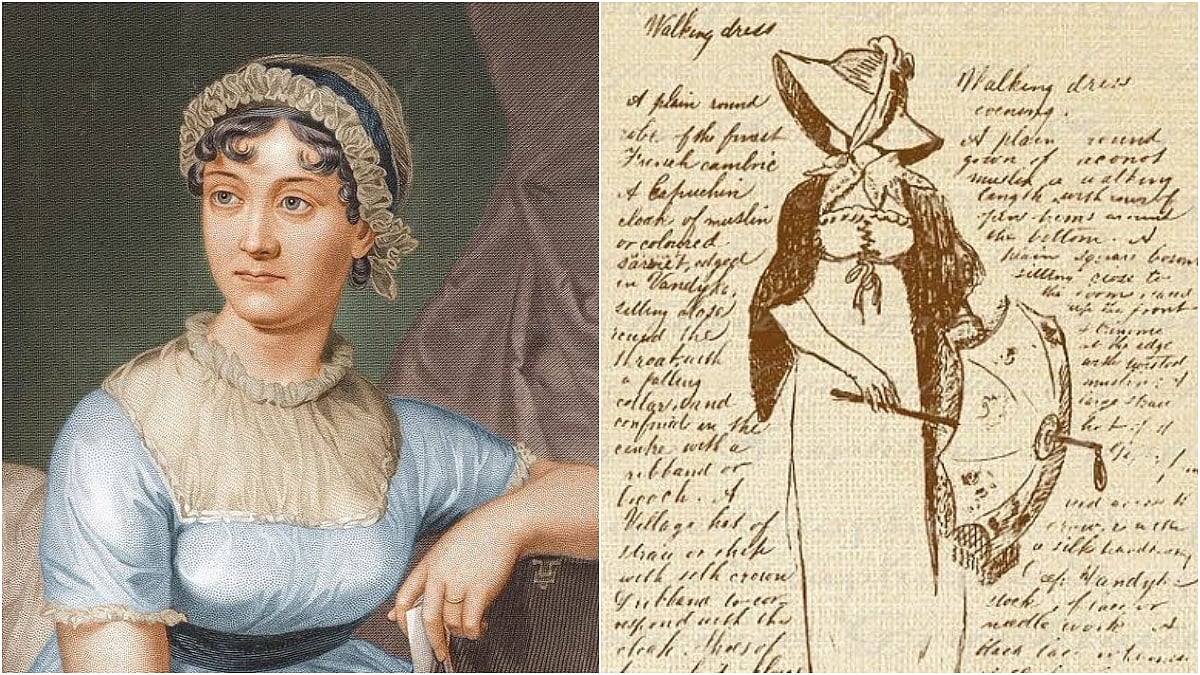Statues have always been a cheap – in a non-monetary sense – way of appeasing people. Initially, the British thought that royal statuary would impress Indians. Then they realized that potentially rebellious natives could be flattered into obedience by appearing to honour their own heroes. The future King-Emperor Edward VII eulogized Shivaji in 1921 as “one of India’s greatest soldiers and statesmen” and founder of Maratha greatness when laying the foundation stone of a Shivaji memorial in Poona. The unlikely gesture prompted Motilal Nehru to remark (tongue in cheek? sarcastically?) that nationalist icons that were once considered seditious now enjoyed royal sanction.
Narendra Modi’s fulsome speech when unveiling the massive Statue of Unity was also an essay in political adventurism. By honouring an acknowledged Congressman instead of a Rashtriya Swayamsevak Sangh leader, he distanced himself from his own past to claim a place in mainstream politics. The emphasis on “unity” implied that absorbing the princely states was the main task of national integration and that this was Vallabhbhai Patel’s singlehanded achievement.
While merging the princely states was important, it was also inevitable. V.P. Menon, Lord Mountbatten and Jawaharlal Nehru played a decisive role with Nehru’s blunt criticism of Sir Conrad Corfield of the Political Service playing a vital role in ensuring princely accession. Political consolidation in places like Nagaland and Mizoram and persuading the old Madras to drop its secessionist demand were more difficult. Planning for economic cohesion was equally crucial. The other reason advanced to justify the exorbitant outlay sounds absurd. With only about eight million foreign visitors annually against even tiny Singapore’s 16 million, tourism desperately needs boosting. But a realist like Patel would have wondered whether nearly Rs 3,000 crores (to say nothing of the social cost which has been estimated at Rs 5,000 crores) had to be sunk in the monument over the protests of 22 villages to attract more tourists.
As for electrifying villages and building a “strong, sensitive and inclusive” India, these are commendable aims that Patel and Nehru would have fully supported without endorsing the Bharatiya Janata Party’s ideology or the mission of the RSS which Patel banned. Given this identity of secular purpose, a hard-headed realist not committed to any exclusive vision of India is bound to have asked if the money could not have been invested more profitably. Patel was, as Rahul Gandhi says, a patriot who fought for an independent, united and secular India. “A man with a steely will, tempered by compassion, he was a Congressman to the core, who had no tolerance for bigotry or communalism.” That description also fits Subhas Chandra Bose whom Mr Modi is also trying to co-opt into his political lineage. Neither can be dragged into the saffron pantheon.
Faced with the boast that at 182 metres, the Statue of Unity built by Larsen and Toubro is twice the height of New York’s Statue of Liberty, Patel might have wished India enjoyed twice the US per capita income. Instead, India’s lags at under $2,000 (even according to government figures) against more than $60,000 in the US. The other boast about the Statue of Unity being 177 feet taller than the Buddha in China’s Spring Temple is downright sacrilegious. It would have been another matter if India’s economy had matched China’s which is the world’s second biggest. Or if India could hold the US to ransom like China which owns $1.18 trillion in American treasury bonds. A detail that provoked Rahul Gandhi’s jibe that the statue should carry a “Made in China” tag cannot be ignored either. Its distinctive surface is due to 565 bronze panels, each of which has 10 to 15 micro panels imported from China, presumably because the technology is beyond us. That input from a country that is regarded as India’s principal rival and which challenges India at every turn makes nonsense of any pretence to swaraj.
It does not reflect well either on Mr Modi’s boast that “the statue will remind those who question India’s existence, that this nation was, is and will remain eternal.” What A.L. Basham called “the wonder that was India” does not need to be underwritten through such obvious and simplistic devices which are only for the benefit of hordes of villagers who flock into town to indulge in sightseeing. Mr Modi displays his astute grasp of the untutored mind by dazzling it with a colossal “source of unity”, and urging the faithful to “march with a dream to make the country ‘Ek Bharat Shreshtha Bharat’, One India, Premier India.” It’s not the world that needs reminding of the eternity that is India for the world will take very little note of such an insignificant event in a remote corner of India but dehati voters whose primary loyalty is to caste, religion and village, and who is still grappling with the concept of India. They are the BJP’s backbone throughout the cow belt.
Calcutta acknowledged the emotive appeal of statues for hoi-polloi by removing them, inspiring the probably apocryphal story that an ultra-radical United Front minister had to be persuaded that the classical figures of Justice, Commerce, Science and Agriculture flanking Minerva atop Writers’ Buildings were not colonial memsahibs looking down (literally) on the public and could be allowed to remain. Bombay’s modern Shivaji memorial, mooted in 2004 by Vilasrao Deshmukh’s Congress-National Congress Party regime and sanctified by Mr Modi with two bhoomi poojas in 2016 and 2018, seemed to face one hurdle after another. It was originally going to be slightly bigger than the Statue of Liberty but the size waxed and waned over the years.
One statue that should raise no cavil is that of a bushy-bearded little viceroy in the robes of a Garter knight in Calcutta. Ripon symbolized a crucial turning point in Indian history. His statue was was not foisted on the people by a distant government. Even 31 years after he had left India and six years after his death, neither the colonial authorities nor British residents would contribute a paise for it. Nor was it the self-serving handiwork of an all-powerful politician wooing gullible voters at the taxpayer’s expense.
It was a voluntary expression of public gratitude by Indians who honoured him for repealing the Vernacular Press Act, passing the Bengal Municipal Act which Philip Mason called “the only hint that India was one day to be governed by Indians”, and for trying to introduce race equality in the judiciary through the Ilbert Bill. The fierce backlash this provoked among Europeans who scuttled the measure led to the Indian National Congress being launched three years later.One last enigma about the Statue of Unity remains. The veteran Lal Krishna Advani was the central figure during the foundation stone ceremony in 2013. He was nowhere to be seen on 31 October 2028 when Mr Modi unveiled the statue. Why?
Sunanda K Datta-Ray is a author of several books and a regular media columnist.









